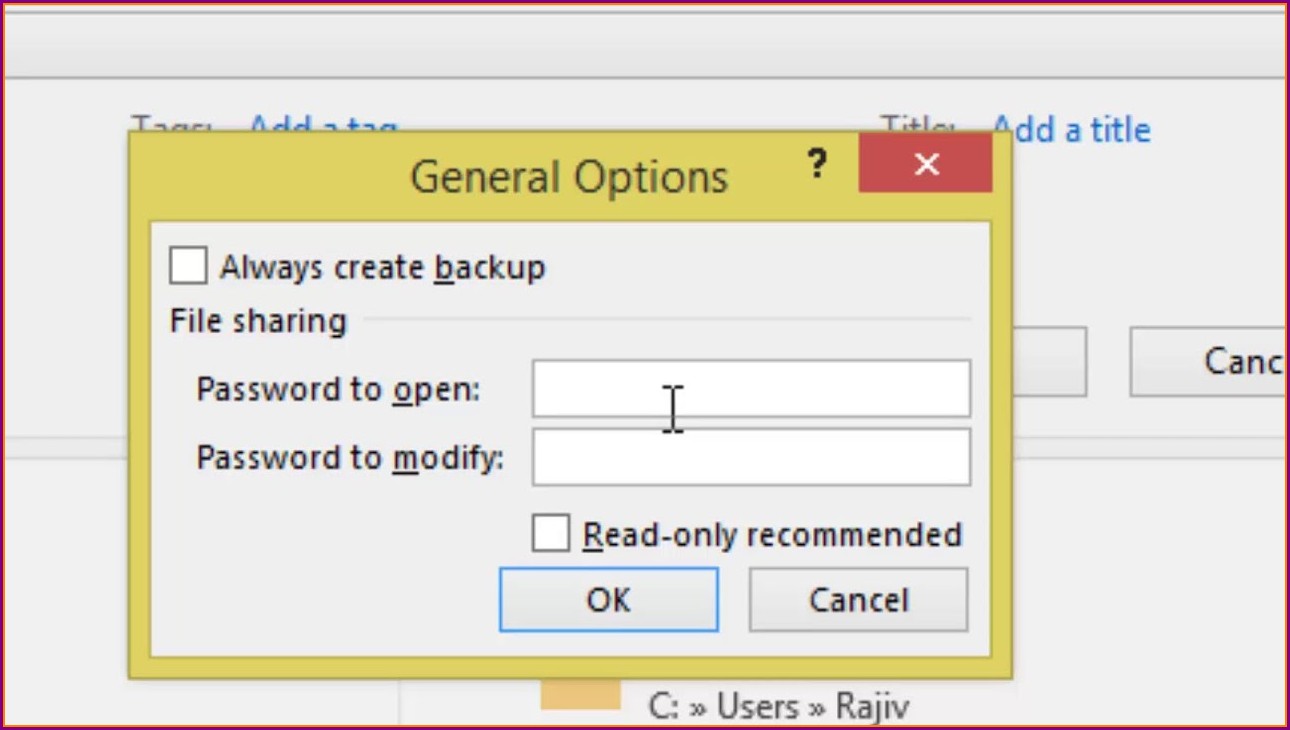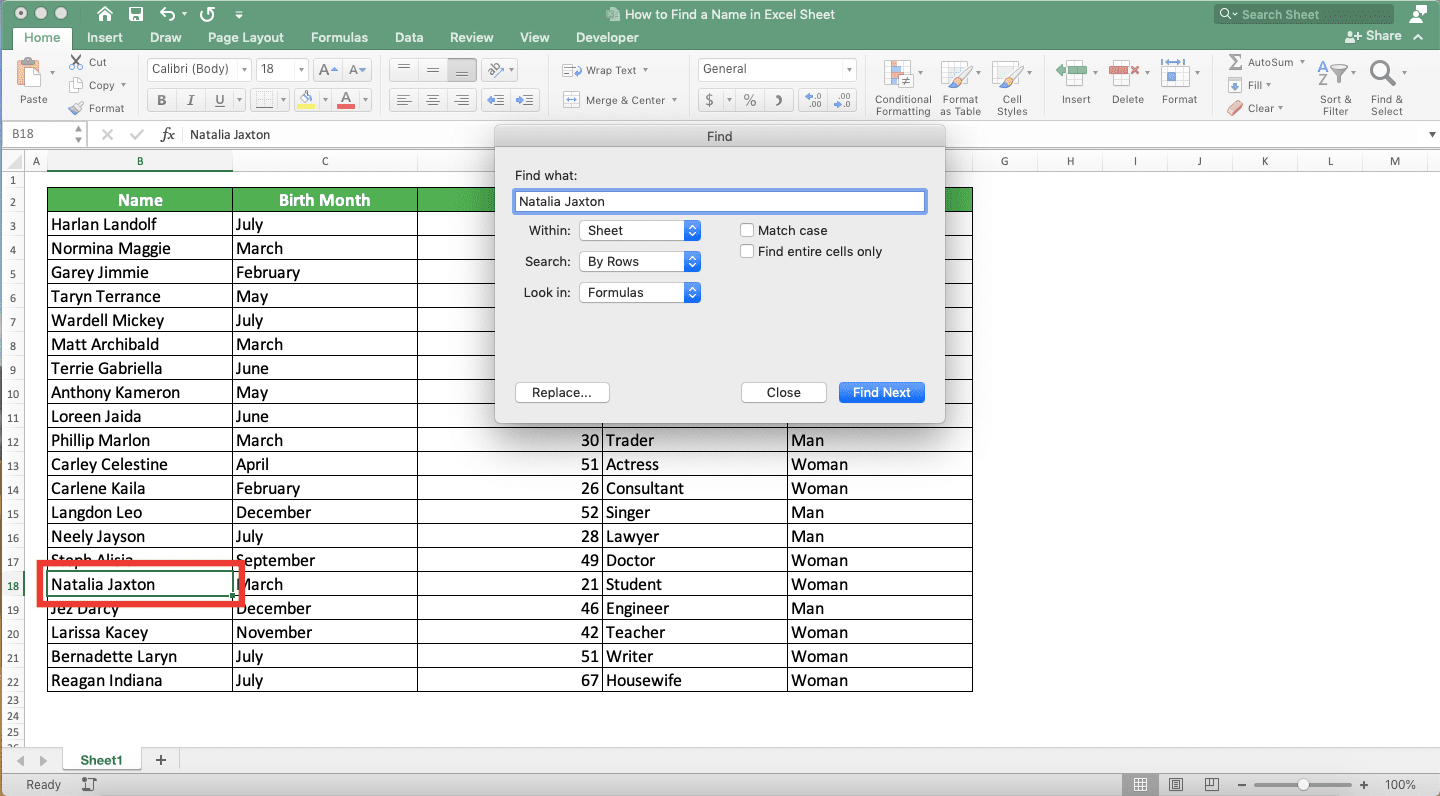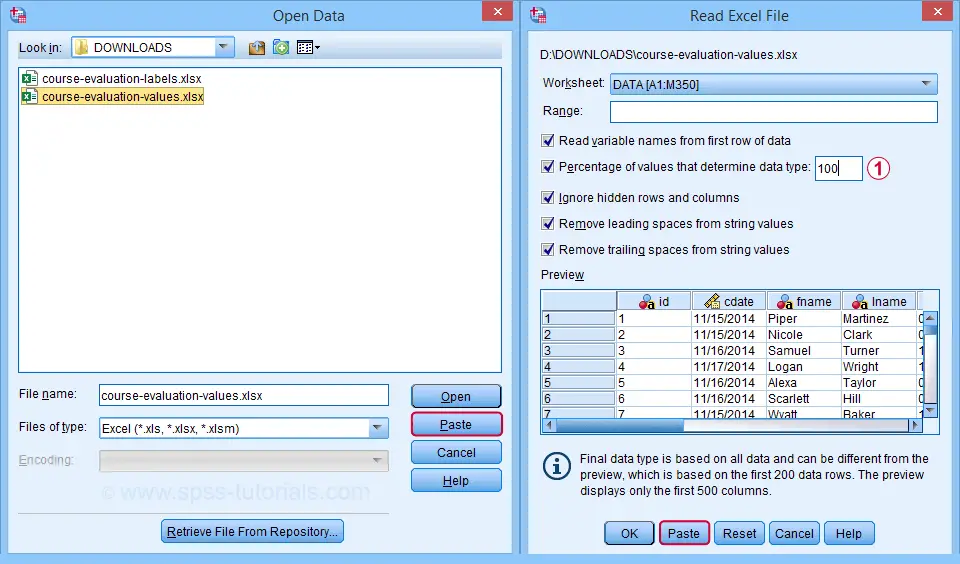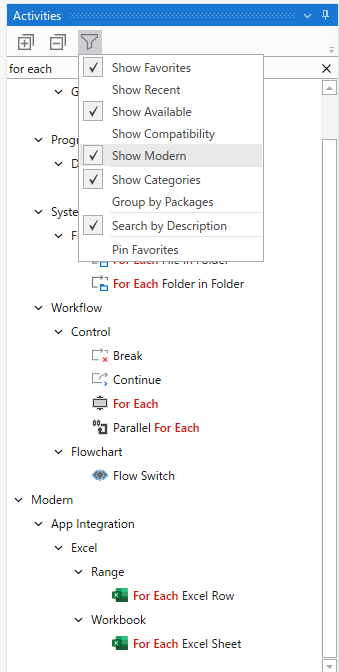5 Ways to Secure Essential Worker Documentation Fast

As an essential worker, whether you're a healthcare professional, emergency responder, or part of the vital workforce keeping services running, you understand the importance of having your documentation in order. This post will explore five practical ways to secure your essential worker documentation quickly and efficiently. Whether it's for proving your eligibility for benefits, travel documentation, or workplace verification, these methods are designed to reduce the hassle and speed up the process.
1. Utilize Online Platforms for Documentation

Many organizations have moved their documentation processes online to streamline operations, especially in times of urgency. Here’s how you can leverage these platforms:
- Check for Digital ID Services: Several government and private platforms offer digital ID services where you can register and manage your credentials digitally.
- Online Forms and Submissions: Look for any online forms that can be filled out for your documentation. This often includes medical certifications, employment verification, and more.
- Digital Signatures: Use platforms that allow digital signatures, making the process faster without the need for physical mailing or in-person visits.
2. Centralize Your Records

One of the fastest ways to secure your documentation is by having all your records in one place. Here are steps to centralize your records:
- Cloud Storage: Services like Google Drive, Dropbox, or OneDrive can store all your documents. Ensure they are encrypted for security.
- Document Management Tools: Software like Evernote or Notion can help categorize and keep track of your documentation.
- Regular Backups: Make regular backups of your digital documents to avoid loss due to technical issues.
3. Prepare and Use Templates

Having pre-filled templates for common documentation requests can drastically cut down processing time:
- Employment Verification: Create a template with all your employment details that can be easily updated and printed or sent out.
- Health Documentation: For healthcare workers, maintain updated health certificates in a template format.
- Travel Documentation: If your job requires frequent travel, keep a template with your travel itinerary and proof of essential worker status.
4. Leverage Mobile Apps

Mobile technology offers quick solutions for documentation:
- Document Scanner Apps: Apps like Adobe Scan or CamScanner allow you to quickly digitize physical documents.
- Essential Worker Verification Apps: Some institutions have apps specifically for verifying the status of essential workers.
- QR Codes: Many organizations now use QR codes that can be scanned for instant verification of your status or credentials.
📝 Note: When using mobile apps, ensure you download from reputable sources to protect your data.
5. Network with Colleagues

Networking within your workplace can provide shortcuts to documentation:
- Peer Support: Colleagues can share knowledge on where and how to get certain documents quickly.
- Shared Resources: If documentation is common for many in your field, consider sharing resources like templates or contacts for quick processing.
- Professional Organizations: Join or engage with professional bodies that might provide members with faster or direct access to necessary documentation.
Ensuring your documentation is in order as an essential worker not only helps in proving your eligibility for various privileges and support but also streamlines your daily operations. By utilizing online platforms, centralizing records, using templates, leveraging mobile technology, and networking with peers, you can secure your essential worker documentation fast and with minimal effort.
Why is documentation important for essential workers?

+
Documentation is crucial for essential workers to prove their eligibility for benefits, travel, and workplace verification. It ensures that they can continue performing their critical roles without interruptions or unnecessary delays.
Are there any risks in using online platforms for documentation?

+
Yes, there are risks like data breaches or identity theft. Ensure you use platforms with good security measures, like encryption and two-factor authentication.
How do I keep my digital documents secure?

+
Use cloud services with strong encryption, implement two-factor authentication, regularly update passwords, and back up your documents to multiple secure locations.



